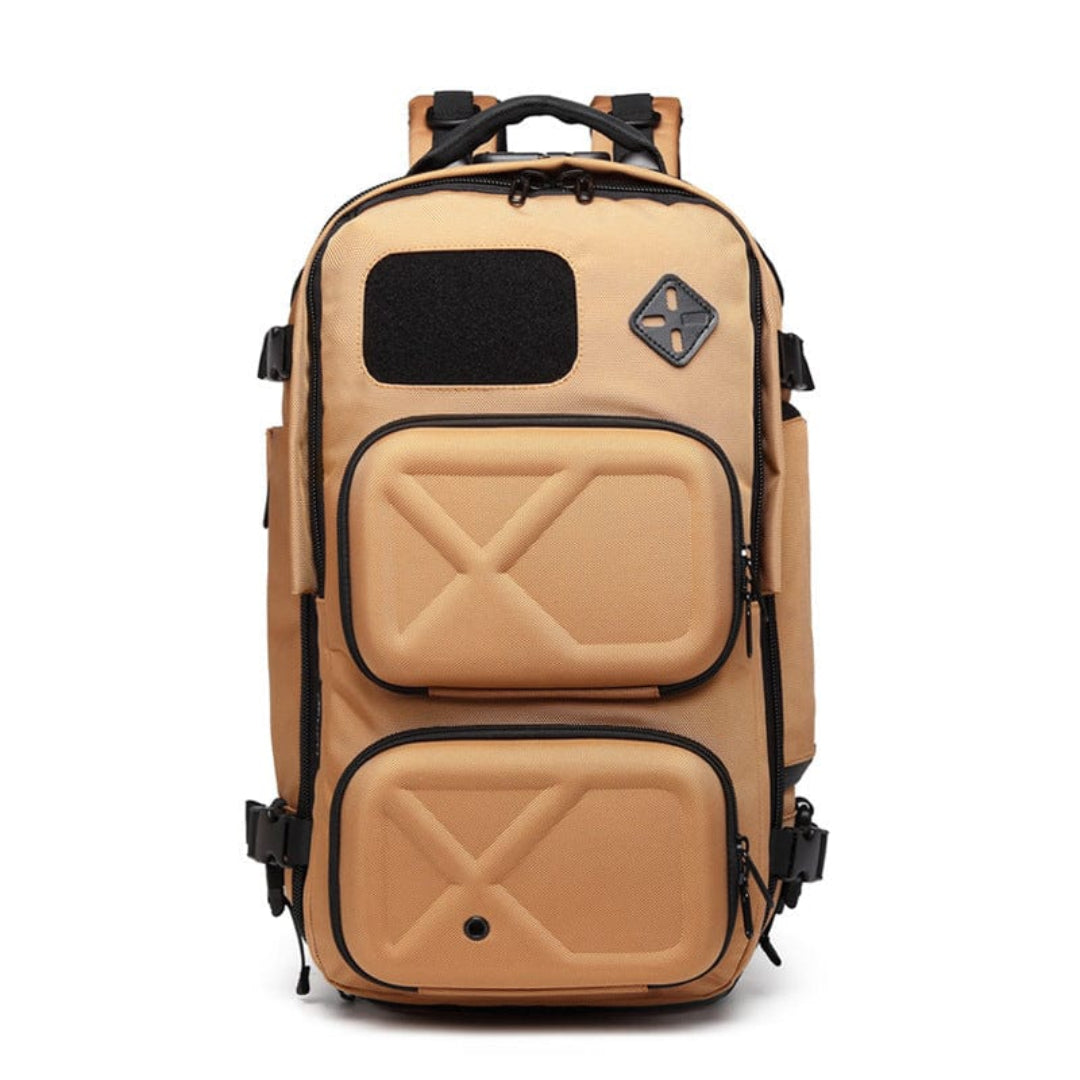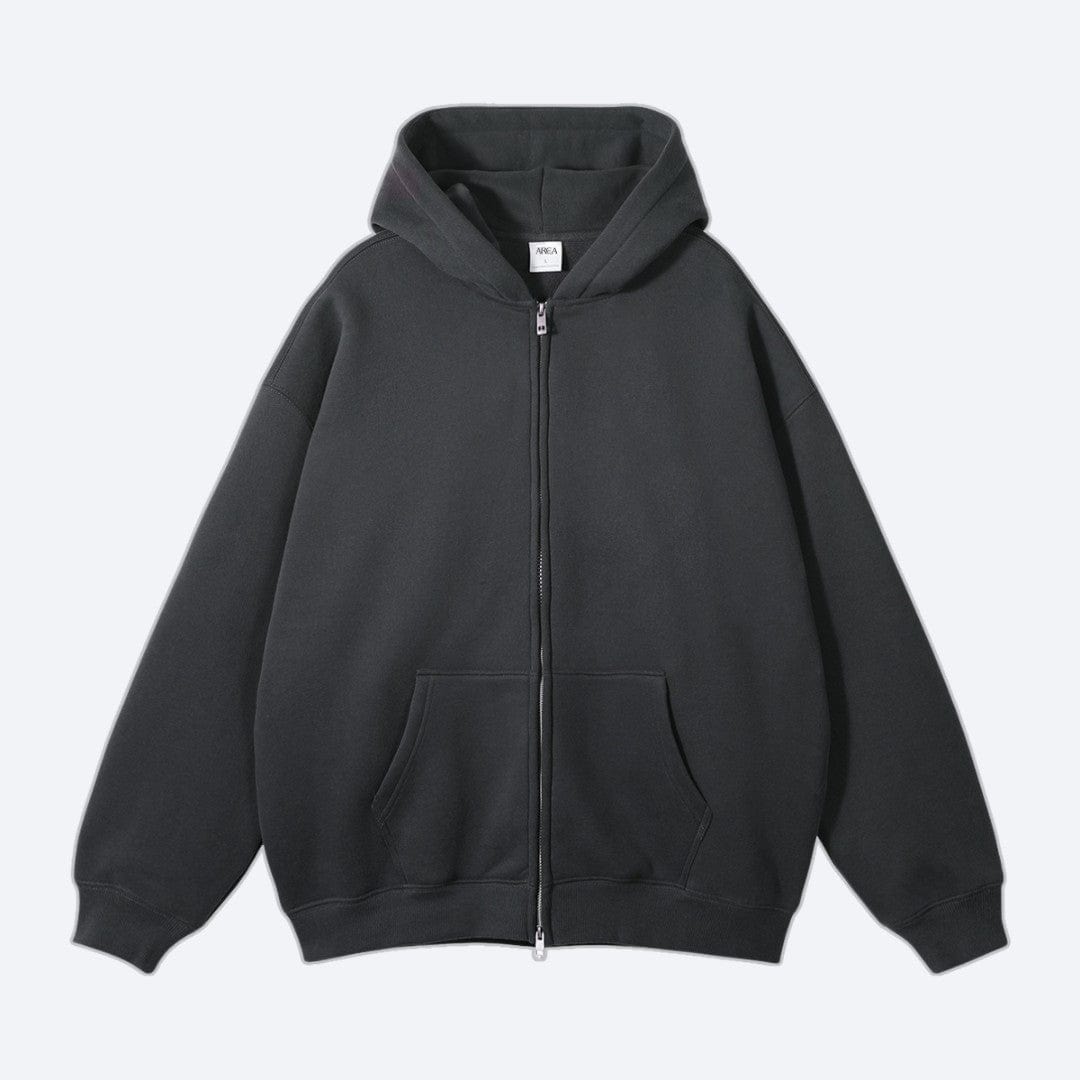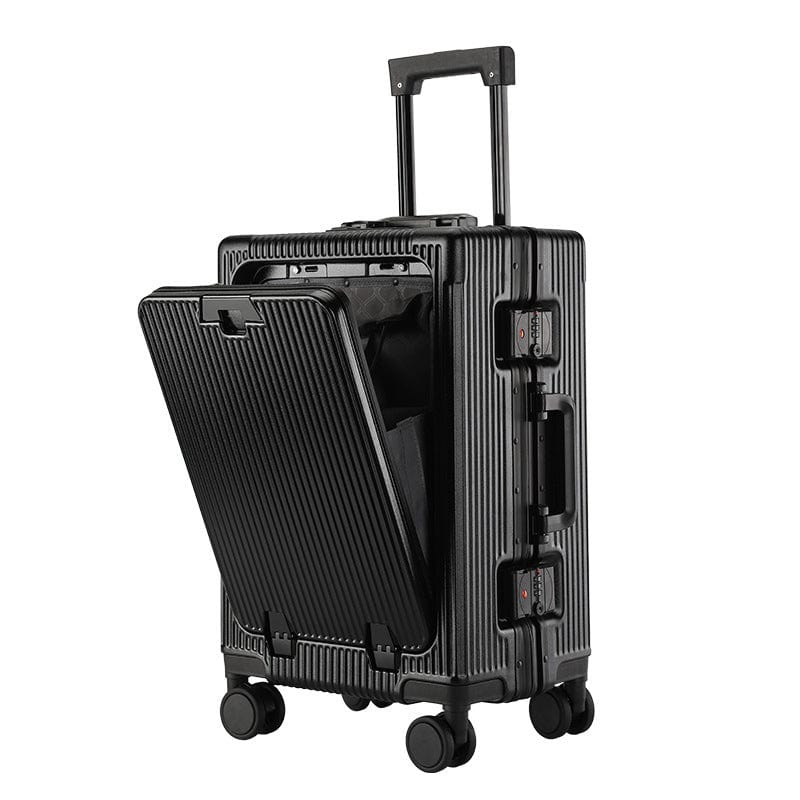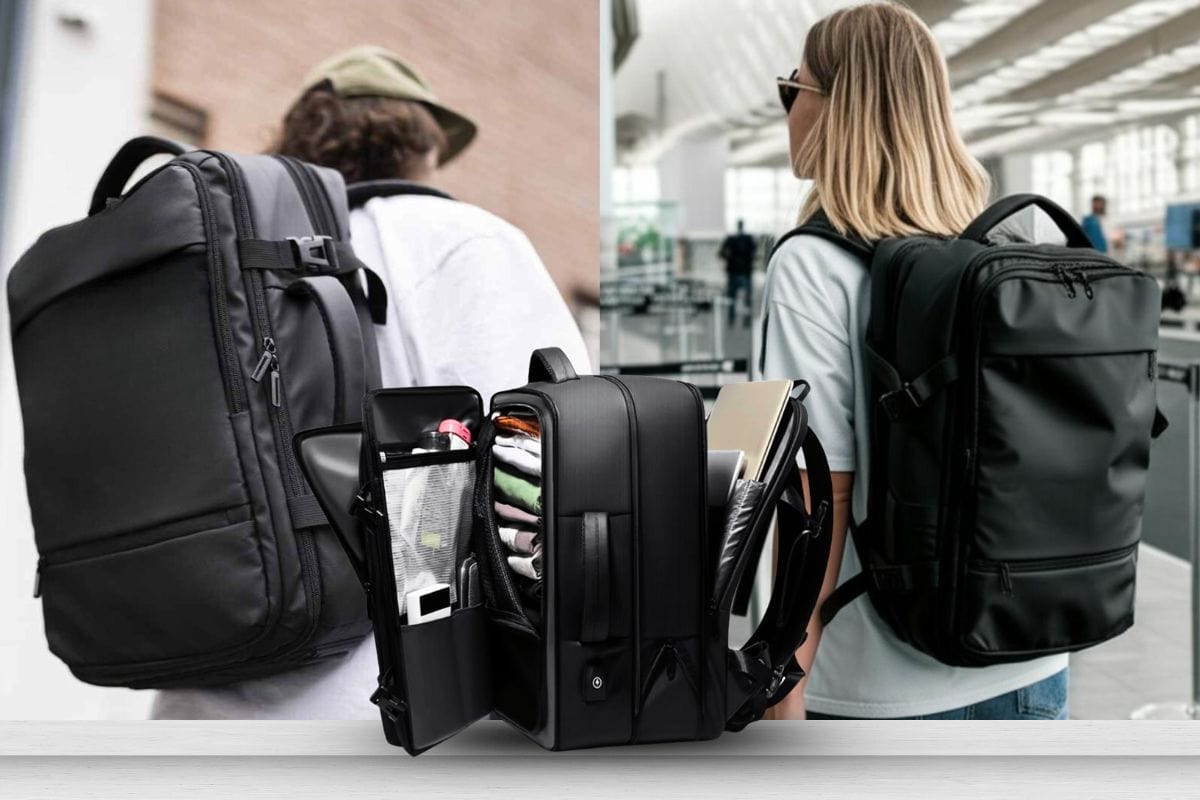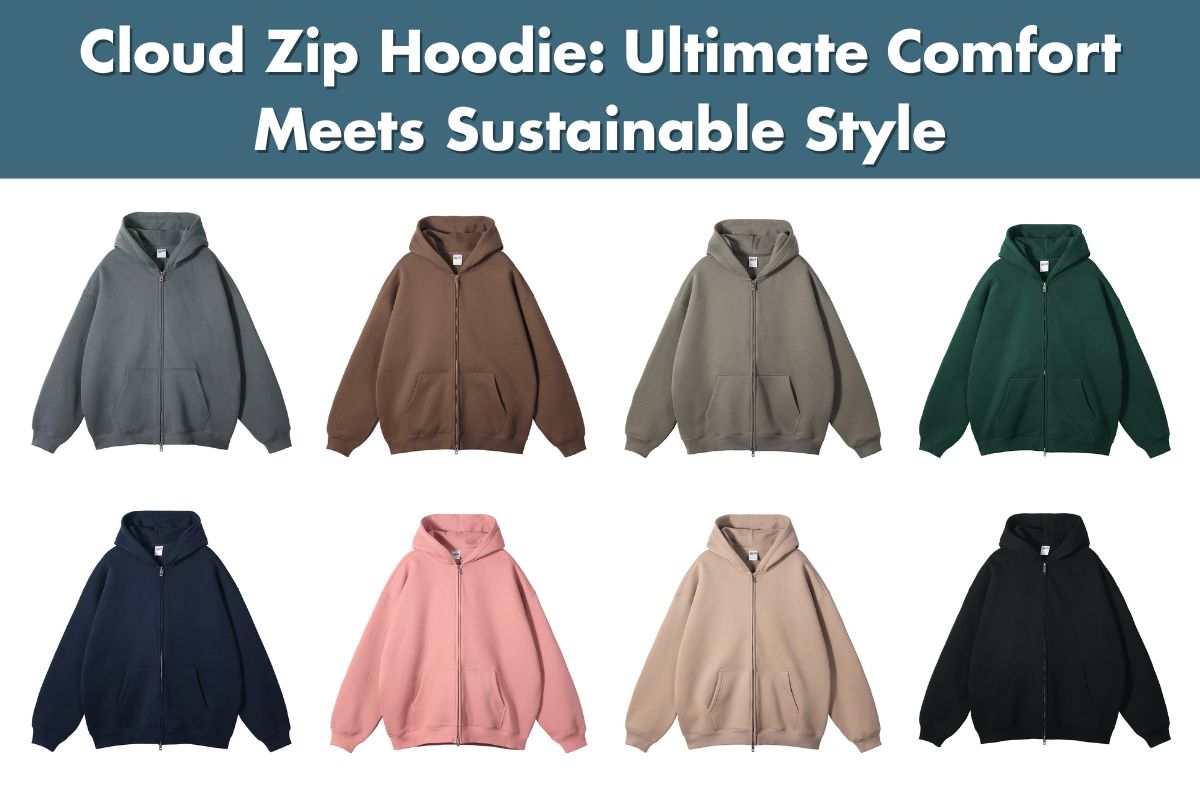Choosing the right carry-on backpack can make or break your travel experience. Airlines have strict size and weight restrictions, and what’s labeled as “carry-on sized” might not always meet their guidelines. To avoid surprises at the gate, it’s essential to understand the dimensions and requirements before packing your bags.
Whether you’re a minimalist packer or someone who loves bringing home souvenirs, the size of your carry-on backpack matters. From compact 25L options for budget airline flyers to larger 40L bags for more flexibility, finding the perfect fit depends on your packing style and travel needs. By selecting the right size, you’ll breeze through security and ensure your bag fits in overhead compartments or under the seat without hassle.
Can You Use a Backpack as a Carry-On?
You can use a backpack as a carry-on if it meets your airline's size restrictions. Most airlines describe carry-on dimensions as approximately 22 x 14 x 9 inches (56 x 36 x 22 cm). These measurements ensure the bag fits in overhead compartments on standard aircraft.
Choose a backpack with dimensions smaller than or equal to the specified limits. Large camping backpacks exceed these dimensions and typically don't qualify as carry-ons. Focus on travel backpacks designed for carry-on compliance, such as those in the 35L to 40L range. These models often align with the standard size requirements.
Different airlines may have unique carry-on guidelines. For example, American Airlines caps carry-ons at 22 x 14 x 9 inches, while Delta allows up to 22 x 14 x 9 inches as well. Verify the exact dimensions on your airline’s website before heading to the airport.
Budget airlines often enforce stricter rules. If you're flying on a carrier like Spirit Airlines, prioritize backpacks closer to 18 x 14 x 8 inches to avoid additional fees. Smaller bags tend to fit without issues, even on airlines with limited overhead storage.
A properly sized carry-on backpack also helps ensure convenience. You can pack everything you need for short to medium trips while adhering to baggage policies. Always double-check measurements and plan based on the carrier's specific requirements.
What’s the Ideal Carry-On Size for a Travel Backpack?
The ideal carry-on size for a travel backpack aligns with most airline regulations, which typically limit dimensions to 22 x 14 x 9 inches (56 x 36 x 22 cm). This size ensures compliance with overhead bin requirements on major carriers. When using budget airlines, check for stricter size limitations, as some only allow backpacks under 20 x 14 x 9 inches.
For most travelers, backpacks in the 35L to 40L range provide ample storage while staying carry-on compliant. A 40L backpack measuring 22 x 14 x 9 inches offers about 2,772 cubic inches (45.5 liters) of space, accommodating clothing, electronics, and toiletries for trips up to a week. If packing needs are light or you expect stricter airline rules, a 35L pack of approximately 19 x 13 x 7 inches may work better.
Smaller backpacks, particularly those designed specifically for carry-on use, often have extra features like laptop compartments and compression options. Ensure that these features fit your travel gear—like checking the size of the laptop sleeve if you’re carrying a device.
For under-seat storage compliance, the backpack's packed dimensions must fall within 17 x 13 x 8 inches or smaller. If you aim for maximum convenience, plan your packing to meet this constraint. Always verify your chosen airline’s policies to avoid surprises at boarding.
What Size Carry On Backpack Should I Buy?
Choosing the right carry-on backpack size depends on your trip length, packing needs, and airline regulations. A backpack under 40L is generally suitable for carry-on use, with a 35L to 40L range being ideal for most travelers. These sizes align with the standard dimensions of 22 x 14 x 9 inches (56 x 36 x 22 cm) accepted by many airlines.
For short trips, a 25L to 30L backpack works well. This capacity accommodates essentials for weekend getaways and meets strict airline rules. Longer trips or multi-destination travel often require more space, making a 40L backpack optimal for fitting clothes, toiletries, and gadgets without exceeding carry-on limits.
Review your airline’s size and weight restrictions before finalizing your choice. Some budget airlines enforce lower weight limits of 7 kg (15 lb) compared to others allowing up to 10 kg (22 lb). Noncompliance could lead to extra charges or mandatory luggage checking. Aim for multipurpose backpacks with compression systems and dedicated compartments to maximize space while staying organized.
Who Should Choose a Large Carry On Backpack
A large carry-on backpack, typically 40-45L, is ideal for travelers needing maximum space within airline size limits. If you're planning long-term trips spanning months or years, a larger backpack allows you to pack for all seasons without requiring checked luggage. This means you can bring essentials like clothing layers, toiletries, and even travel gadgets comfortably.
If you're a heavy packer or prefer to have extra room for souvenirs and purchases, a large carry-on backpack suits your needs. With dimensions close to most airlines' maximum carry-on limits, such as 22 x 14 x 9 inches, these backpacks maximize storage without exceeding regulations. This is essential if you're traveling with items like art pieces or gifts.
For those transitioning to the one-bag travel style but unwilling to pack minimally, a 40L backpack strikes the perfect balance. It enables you to carry non-essentials like extra shoes or bulkier items without compromise. This bag size works best for trips longer than a week or when traveling to varying climates.
Large carry-on backpacks are less suitable for budget airline flyers due to stricter size and weight restrictions, usually capping at 7 kg (15 lb). Always verify your carrier's policies before deciding, as exceeding limits could result in extra fees or forced luggage checks.
Who Should Choose a Medium-Sized Carry On Backpack
A medium-sized carry-on backpack, typically 25L to 35L, suits minimalist packers and budget airline travelers. It offers enough capacity for shorter trips or travelers prioritizing simplicity. If you’re flying with airlines that impose stricter baggage rules, this backpack size helps you comply with their limitations while maintaining portability and convenience.
This size is ideal when your travel essentials include clothing for a few days, a laptop, and compact toiletries. For instance, budget flyers—who often encounter stricter size and weight limits—can rely on medium-sized backpacks to avoid extra fees at the gate. The reduced bulk also ensures easier navigation through security and carry-on storage spaces.
If you often travel light but still want some flexibility for shopping or souvenirs, medium-sized backpacks can provide a balance between minimalism and functionality. Travelers taking weekend trips or working remotely will also benefit from the organizational features typical in this size range, such as dedicated compartments for electronics and personal items.
Weight
Airline weight restrictions for carry-on backpacks vary, with limits typically ranging from 7 kg (15 lbs) to 10 kg (22 lbs). Some airlines, especially in the United States, focus more on size compliance than weight, while budget airlines in Europe, South America, and Asia often enforce stricter weight limits. Always check your specific airline's guidelines before packing to ensure compliance.
Even if your airline allows heavier bags, a carry-on backpack weighing 50 lbs can be challenging to carry, regardless of its ergonomics. Aim to pack light by prioritizing essentials. If traveling on airlines with stricter weight allowances, lighter backpacks in the 25L to 30L range can help you meet these restrictions without added stress.
Minimizing weight not only avoids extra fees but also makes navigating airports and transit easier, especially for long durations or international trips. Compression organizers, travel-sized toiletries, and lightweight fabrics are effective strategies to reduce your overall bag weight while maximizing space.
Fit
Carry-on backpacks must align with airline regulations, typically allowing dimensions up to 22 x 14 x 9 inches. A 40L backpack fits this size, providing enough capacity for 3 to 5-day trips while remaining compliant. If your travel involves budget airlines with stricter requirements, select a 35L backpack or smaller that measures less than these maximum dimensions.
When placing your backpack under the seat, its packed size should generally not exceed 17 x 13 x 8 inches. This size is sufficient for short trips while ensuring accessibility during flights. For proper fit, review the product specifications of your backpack, noting both its empty and packed dimensions.
Compression features in backpacks help maximize useable space without exceeding limits. Many backpacks include adjustable straps or packing cubes to create a snug fit. Ensure the load remains evenly distributed for comfort, as uneven packing affects fit and maneuverability. Use compartments to maintain organization and avoid bulky, unbalanced loads.
Organization
Efficient organization improves accessibility during travel. Look for carry-on backpacks with smart compartment layouts, such as clamshell openings or panel-loading designs, which make arranging and retrieving items quicker. Dividers, zippered pockets, and mesh sections help keep essentials like travel documents, chargers, and toiletries neatly separated.
Choose a backpack with dedicated compartments. For example, select one with padded laptop sleeves for electronics or hidden pockets for valuables. Compression straps or expandable sections can optimize space when packing bulky items, ensuring you stay carry-on compliant.
Use packing cubes or organizers to group similar items. These tools prevent clutter and make it easier to locate clothing or smaller essentials like socks. Clear toiletry bags simplify passing through security checks and avoid unnecessary delays.
Prioritize comfort when organizing your load. Pack heavier items, such as shoes or books, near your back to maintain balance. Distribute lighter items evenly across compartments to avoid uneven weight distribution. Adjustable straps ensure that your carry-on backpack remains comfortable during extended use.
Breeze Through Security
Streamlining your security process starts with choosing a carry-on backpack designed for efficiency at checkpoints. Backpacks with lie-flat laptop compartments simplify TSA inspections, as you can leave your laptop inside the bag if the compartment opens fully. This feature saves time and minimizes disruptions in security lines.
Opt for a carry-on backpack with an easily accessible pocket for toiletries. A dedicated, external compartment for your one-quart plastic toiletry bag ensures quick removal during screening. This convenience enhances your speed through security, reducing the chances of holding up the line.
Select backpacks with secure, zippered pockets for items like identification, boarding passes, and personal electronics. These pockets, ideally located on the front or sides, help you organize and reach necessities without fumbling. Ensure they're solid enough to conceal contents and prevent spillage during handling.
For efficient preparation, pack items likely requiring inspection—such as electronics, power banks, or liquids—within reachable areas of the backpack. This organization minimizes delays if secondary screening occurs. Use designated compartments or packing cubes to keep your carry-on compliant and travel-ready.
How Do you Measure Backpack Sizes?
Backpack sizes are measured by their volume, expressed in liters. This represents the bag's capacity rather than its physical dimensions. Manufacturers calculate the volume by filling the backpack with small objects, such as plastic balls, and measuring the total quantity they hold. This method aligns with the curvature and shape of backpacks, offering a practical way to gauge storage space for irregularly shaped bags.
The listed size typically includes all compartments, including external pockets. For example, a 30L backpack may allocate its space between the main compartment and several smaller pockets, affecting how you distribute your items. This difference is crucial when planning for carry-on compliance since overstuffed external pockets can push the bag beyond airline size limits.
For most travelers, focusing on the volume in liters helps compare options across brands. Compact backpacks fall in the 15L to 24L range, medium bags in the 24L to 35L range, and larger options range from 35L to 45L. These sizes cater to various trip lengths and packing needs. To stay within airline carry-on limits, choose a size compatible with the typical maximum dimensions of 22 x 14 x 9 inches for overhead compartments or 17 x 13 x 8 inches for under-seat storage.
Related Articles
Finding the perfect carry-on backpack can simplify your travel experience, but it’s just one piece of the puzzle. If you’re looking to master the art of packing, explore guides on minimalist travel tips, packing cubes, and airline baggage policies. For more insights, check out articles on travel essentials (click here), lightweight packing strategies, and reviews of the best carry-on backpacks for different travel styles. With the right tools and knowledge, you’ll be ready to travel efficiently and stress-free.


